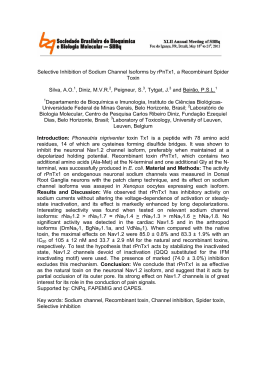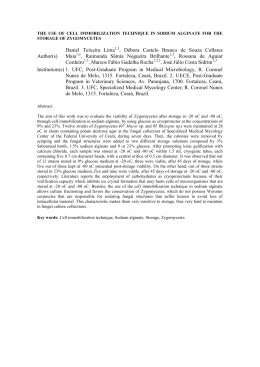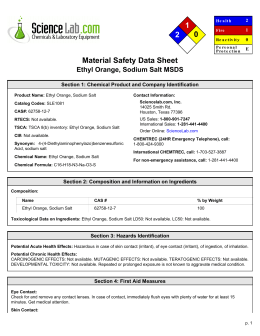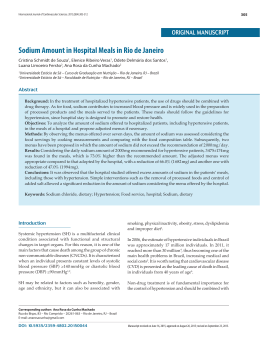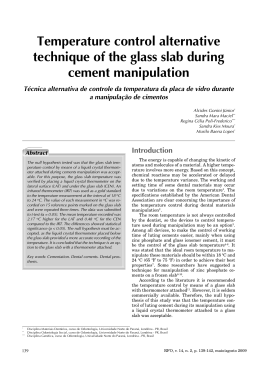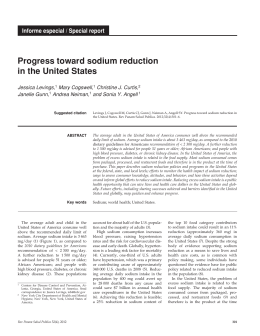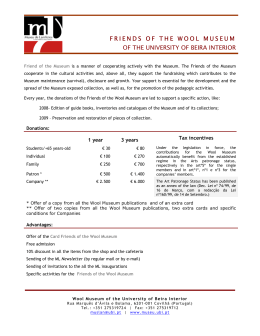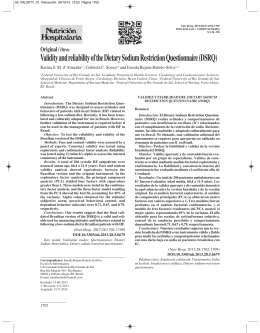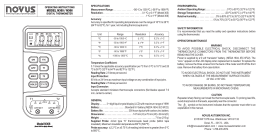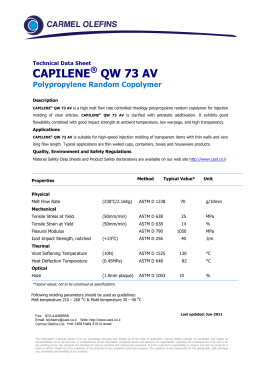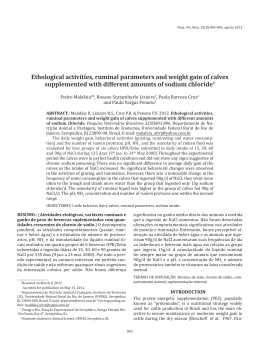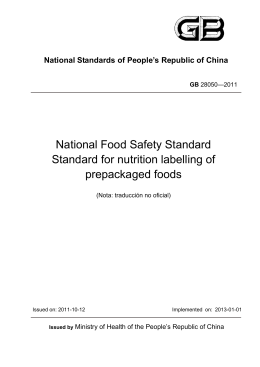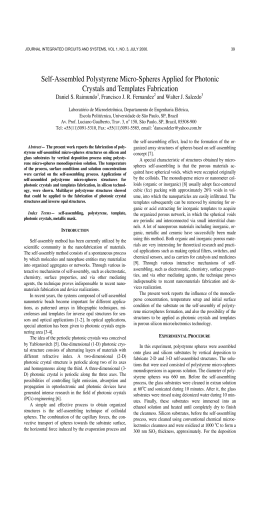Classic chemistry experiments 5. 11 The energetics of freezing Topic Particle theory, states of matter, energy changes. Timing 15 min. Description Students melt sodium thiosulfate crystals, these are cooled to below the melting point. They exist in a metastable supercooled state. The supercooled liquid will freeze on the addition of a crystal of sodium thiosulfate, or dust particles or on stirring. Students stir the supercooled liquid with a thermometer and observe the temperature increase. Apparatus and equipment (per group) ▼ Test-tube ▼ Stirring thermometer (-10–110 °C) ▼ Bunsen burner ▼ Test-tube holder ▼ Cotton wool tuft 3 ▼ 100 cm Beaker. Chemicals (per group) Sodium thiosulfate pentahydrate (Na2S2O3.5H2O). Teaching tips It may be better to stand the test-tube in a hot water bath to melt the solid. Take care not to break the thermometer in solidified sodium thiosulfate. It is probably best to let it solidify. Sodium thiosulfate is soluble and a thermometer can easily be removed by flushing with water. A temperature sensor attached to a computer can be used in place of a thermometer. It can plot the temperature change on a graph and show this as it occurs. It should show a temperature plateau as the liquid turns solid. However, a slight modification of the experiment can yield an intriguing result. Place the cooling test-tube in an insulated 3 cup containing a few cm of water. Use a second temperature sensor to monitor the temperature of the water. The temperature should rise as the thiosulfate cools and it should continue to rise even as the thiosulfate changes state. Background theory The particle model for solids, liquids and gases. Safety Wear eye protection. Answers 1. Exothermic. 2. Room temperature is lower than the melting point of sodium thiosulfate pentahydrate, the sodium thiosulfate pentahydrate cools to this temperature. 12 Classic chemistry experiments Energetics of freezing Introduction When a substance changes state, energy can be produced or absorbed. This experiment illustrates the energy change when a liquid freezes to form a solid. Cotton wool tuft Stirring thermometer Test-tube Sodium thiosulphate pentahydrate crystals Hot water What to record Record the temperature of the liquid, record the temperature as the liquid solidifies (this is the melting point of sodium thiosulfate pentahydrate). What to do 1. Half fill a test-tube with crystals of sodium thiosulfate pentahydrate. 2. Warm the test-tube gently in a beaker of hot water to melt the crystals. 3. Put a tuft of cotton wool in the top of the test-tube to exclude dust. 4. Stand the test-tube in an empty beaker and leave in a still place to cool. 5. Remove the cotton wool, put a thermometer in the melt, and record the temperature. 6. Stir with the thermometer and observe the temperature change at regular intervals as it solidifies. Safety Wear eye protection. Questions 1. When a liquid turns into a solid is the process exothermic or endothermic? 2. When all the liquid has turned into solid the temperature begins to drop. Why is this?
Download
